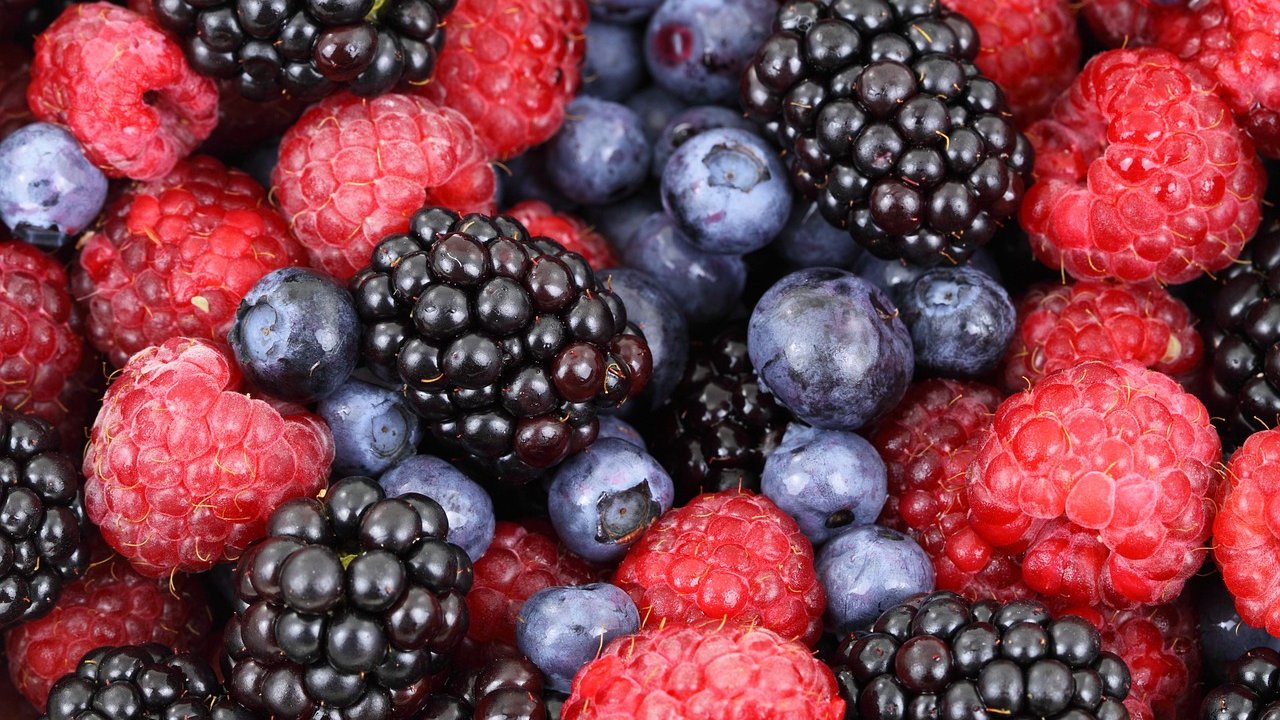
Navigating the world of food labels can be an intimidating task. The back of a food package is filled with words, numbers, and percentages that can be overwhelming if you don't know what to look for. This guide will help you understand the information found on food labels, allowing you to make healthier food choices.
What are food labels?
Food labels, also known as nutrition facts labels, are labels found on food packaging that provide information about the nutritional value of the food. The Food and Drug Administration (FDA) regulates these labels and ensures they contain information about calories, serving size, nutrients, and other important information.
How to read food labels
Here's a step-by-step guide on how to read and understand food labels:
-
Serving size: This is the first piece of information on a food label. The serving size is a standardized amount that allows you to compare similar foods. All the nutrition information on the label is based on this serving size.
-
Calories: This number tells you how much energy you get from one serving of the food. If you're trying to manage your weight, this number is critical.
-
Nutrients: This section lists the amount of certain nutrients in the food. The nutrients are divided into two sections: nutrients to limit, such as fats, cholesterol, and sodium; and nutrients to get enough of, such as dietary fiber, vitamins, and minerals.
-
% Daily Value: This percentage tells you how much of a nutrient in a serving of food contributes to a daily diet. A % Daily Value of 20% or more is high, and 5% or less is low.
Tips for interpreting food labels
-
Don't be fooled by 'low fat' or 'sugar-free' claims: These claims often mean the product is loaded with other unhealthy ingredients to make up for the lack of fat or sugar.
-
Beware of serving sizes: Some food packages contain more than one serving, so if you eat the whole package, you could be consuming double or triple the calories and nutrients listed.
-
Watch out for trans fats: Even if a food label says '0g trans fat,' the food can still contain up to 0.5 grams of trans fat per serving due to rounding laws.
-
Pay attention to sodium: Most Americans consume too much sodium, which can lead to high blood pressure. Aim to choose foods with less than 300mg of sodium per serving.
Understanding the ingredients list
The ingredients list is another important part of the food label. Ingredients are listed in descending order by weight, meaning the first ingredient listed is the most plentiful in the product. Be wary of foods with sugar, salt, or unhealthy fats listed as the first few ingredients.
The importance of understanding food labels
Understanding food labels is crucial for making healthy food choices. Not only can it help you choose foods that are high in nutrients, but it can also help you avoid foods that are high in unhealthy ingredients. By learning to read food labels, you can take control of your nutrition and make informed food choices.
Remember, food labels are there to help you. So next time you find yourself in the grocery store, take a few extra minutes to read and understand the food labels.











